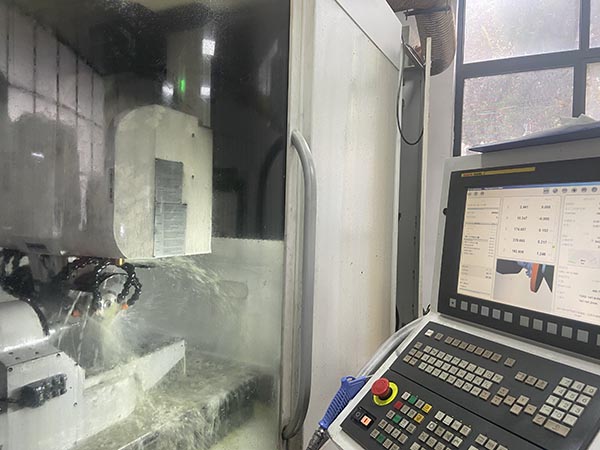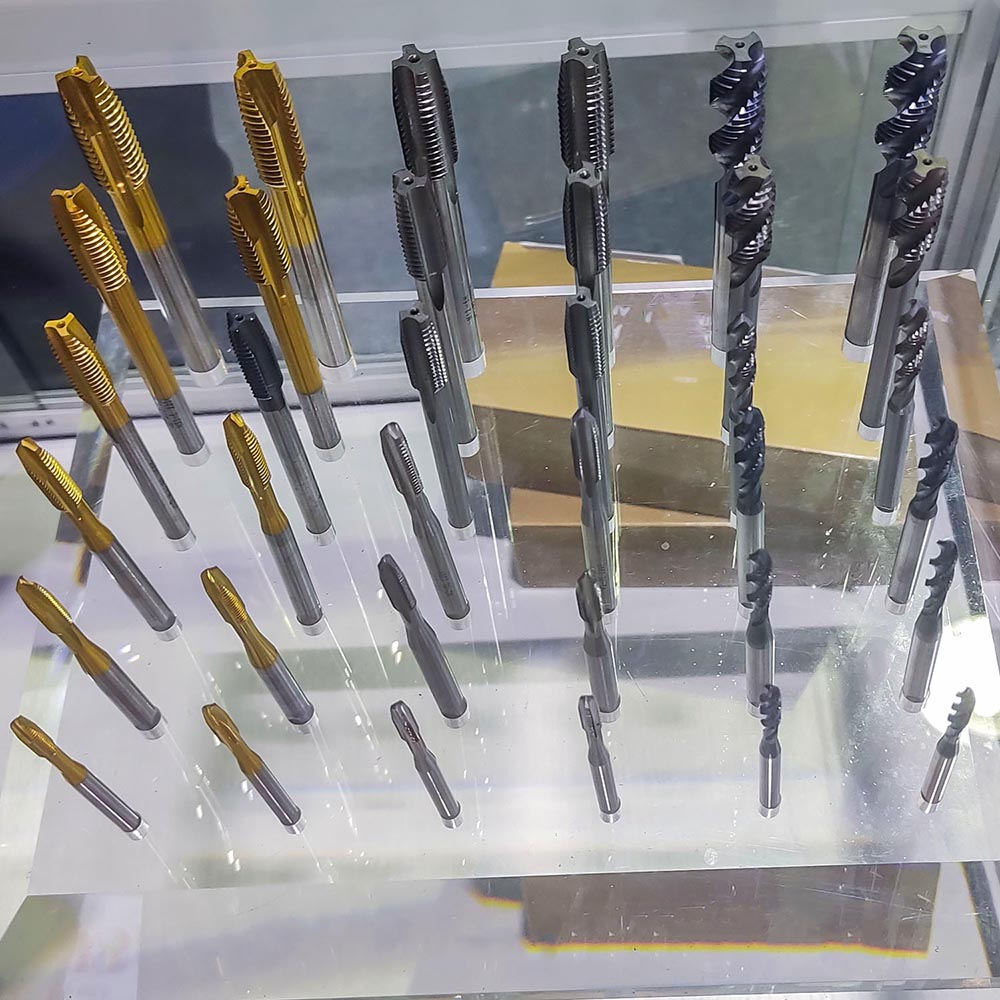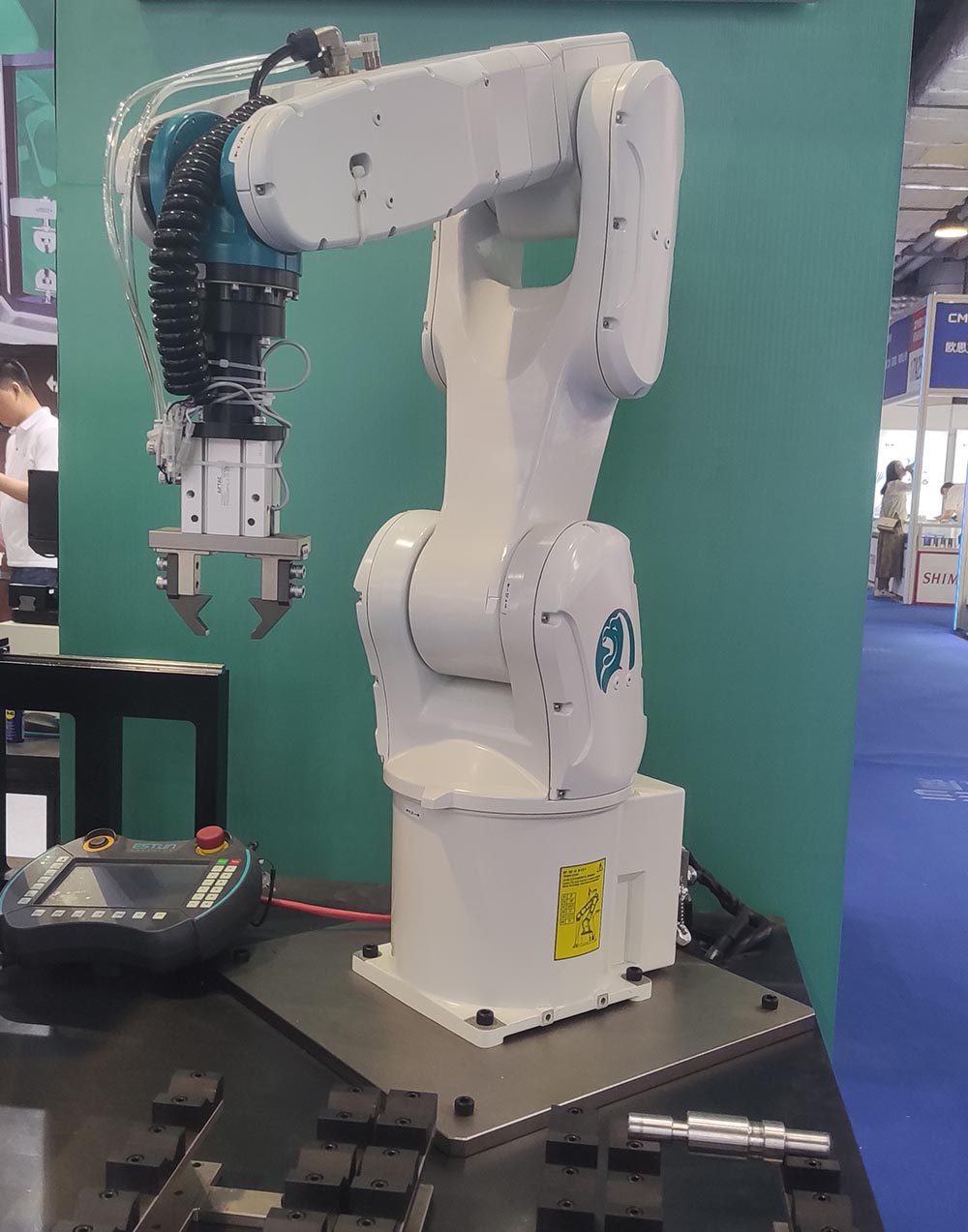
The Birth of a Tap: Inside the World of Precision Cutting Tool Manufacturing
In the hidden corners of mechanical engineering, a seemingly ordinary tap embodies the intricate code of modern industry. As the surgical instrument that carves threads into metal components, its creation goes far beyond simple shaping. From the taming of steel’s molecular structure to the growth of nano-scale coatings, every step reflects a seamless fusion of materials science and precision engineering. As global manufacturing pushes toward micron-level accuracy and efficiency, this slender metal rod—barely the length of a hand—must undergo hundreds of complex processes before it transforms into a tool capable of withstanding thousands of cuts per minute. The evolutionary journey from raw steel to finished product is quietly redefining the value narrative of “Made in China.”

Just as a chef selects ingredients with care, different grades of steel are chosen based on the specific demands of the application. For taps destined for automotive parts in Europe and North America, cobalt-enriched high-speed steel is preferred for its superior hardness. For the electronics sector in Southeast Asia, corrosion-resistant materials take priority. Upon arrival, every batch of steel is verified using a spectrometer to ensure its composition meets strict standards.
The steel’s transformation begins with heat treatment. Subjected to quenching at over 800°C and meticulously controlled tempering, the material acquires an optimal balance of hardness and toughness. This process is akin to baking a cake—any deviation in temperature or time can compromise the final quality.
A microscopic battlefield: Every day, quality inspectors use 500x electron microscopes to examine the distribution of carbides. High-quality steel features uniformly distributed, fine carbide particles with diameters no larger than 2 microns—equivalent to sprinkling 500 “hardness guardians” across the cross-section of a single hair.
Engineers use UG software to run dynamic 3D simulations, precisely calculating how different helix angles (30°/45°/50°) affect cutting forces. For ultra-thin wall components in the 3C industry, a patented groove design combining “dual chamfers + variable lead pitch” has been developed, reducing thread deformation to under 0.01 mm.
Swiss-made five-axis CNC grinders sculpt cutting edges with 0.001 mm resolution. For titanium alloy taps, a “rough grind – aging – fine grind” process is used to eliminate 98% of internal stress. Each grinding wheel is dressed in-line after every 20 taps to maintain edge straightness within a 0.005 mm tolerance.
In a temperature- and humidity-controlled metrology lab, coordinate measuring machines (CMMs) gather 500 data points along the tap’s axis. Our UN thread taps meet the 6g precision grade—one level higher than the industry standard 6h. This slight improvement was key to entering North America’s aerospace fastener supply chain.

Applying a "protective suit" via vacuum coating is the final and critical step. A wear-resistant layer thinner than paper is deposited on the cutting edges. Comparable to smartphone screen coatings—but with much stricter standards—these coatings must have a thickness tolerance within one-hundredth the width of a human hair.
In the quality control lab, technicians examine every detail under industrial microscopes: thread angle deviation must not exceed 0.5°, and no visible edge chipping is allowed. Sample taps are subjected to 8-hour continuous tests simulating real-world machining conditions.
From steel bar to finished tool, a 15-centimeter tap requires over 20 days to manufacture. Once sealed in anti-corrosion packaging, it is ready to begin its international journey. At a German automotive plant, one of our taps successfully completed 50,000 threading operations—a number that humbly yet powerfully reflects the essence of Chinese intelligent manufacturing.
The full lifecycle of a single tap mirrors modern industry’s relentless pursuit of ultimate precision. From the microstructure control of specialty steels, to the submicron sculpting of cutting edges, to the atomic-level coating protection—every manufacturing step pushes the boundaries of what’s physically possible in metalworking.
As digital inspection systems replace traditional calipers, and simulation-driven design outpaces generational experience, cutting tool manufacturing has evolved into a multidisciplinary science. These silent metal rods lying in toolboxes are quiet affirmations of a universal truth: the advancement of industrial civilization often lies in the details we overlook.
And the story of their birth is a microscopic testament to China’s shift from mass manufacturing to high-value, quality-driven innovation.

 We like to do design according to all the customers' requirements, or offer them our new designs. With strong OEM/ODM capabilities, we can fill your sourcing demands.
We like to do design according to all the customers' requirements, or offer them our new designs. With strong OEM/ODM capabilities, we can fill your sourcing demands.